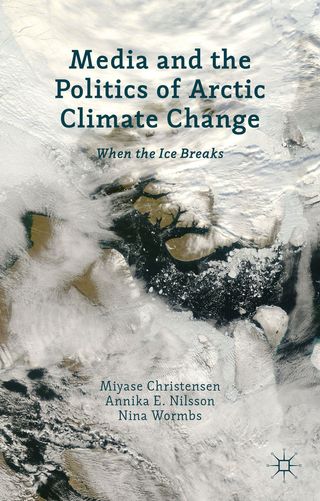?
Media and the Politics of Arctic Climate Change: When the Ice Breaks
The Arctic sea-ice reached record lows in 2007, and again in 2012. In the international news media, these moments were reflected via striking images of polar bears, crumbling icechunks and the use of more alarmist metaphors about global climate change. Through these narratives, and despite the periodic disappearance of climate change from media reports due to issue fatigue, a sharper narrative of climate change has entered public discourse: a new global reality where the future is no longer a given. Going beyond media studies as well as descriptive or highly scientific accounts of the impacts of climate change in the Arctic, this book explores how both historical and contemporary mediations, scientific narratives and satellite technology simultaneously capture and reconstruct this new reality of the Anthropocene, where human activities shape the planet. By highlighting the linkagesbetween science, media, environmental change and geopolitics, the informed contributors to the volume invite the reader to reflect on what is local and what is global in today's connected mediatized world.
